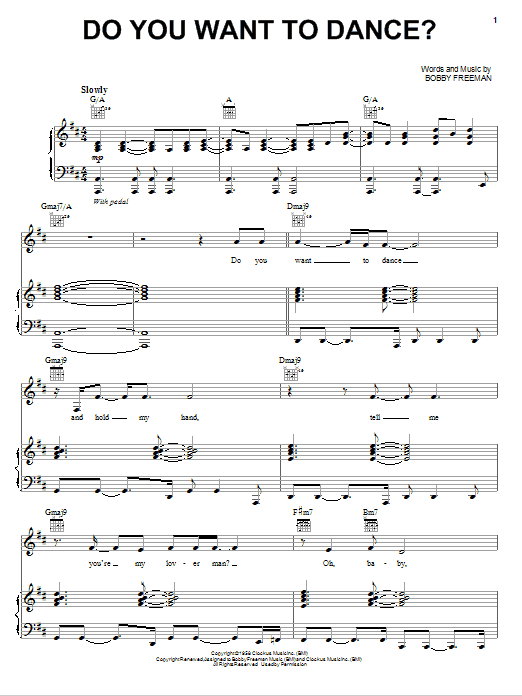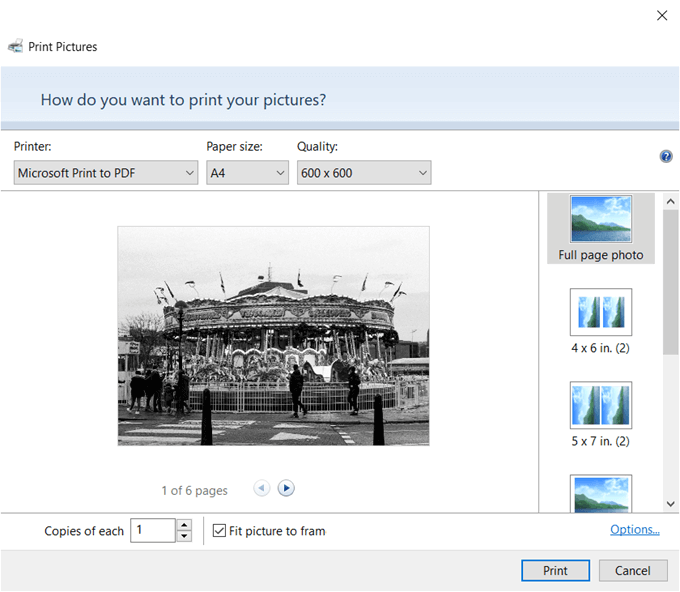


He moves, with clarity and no visible effort, from the true Romantic Thing, to the College Art Association's panel on "Trash," bringing us back to the Garbage theory that the Diacritics at Cornell once dealt with. I appreciated especially the chapters on objecthood ("Founding Objects," "Empire and Objecthood," and "Romanticism and the Life of Things"), and was glad ofMitchell's tying it to Bill Brown's Thing Theory. In fact, a great deal here feels tripartite: the book moves from images to objects to media: "The book as a whole, then, is about pictures, understood as complex assemblages of virtual, material, and symbolic elements" (xiii). In a central chapter, the essential differences between the ideas of the fetish, the idol, and the totem are sketched out and exemplified-another tripartite division. This is serious stuff, regardless of its humor. He is frequently witty, never boring, and always able to move rapidly from one sense to another (in all senses) without any self-conscious delight. Mitchell has the great aura of a teacher-we are called upon and within. He compares this to Atget's empty Paris streets, inviting interpretation-and in fact, his biocybernetic meditation (his phrase) does just that: invites us to share in the experiment. Other theoreticians are generously quoted here, generating a constant conversation.Īt one point, Mitchell describes Damien Hirst's installation of Love Lost-fish swimming about, a gynecological examining room: table and stirrups and all, with a computer nearby, under water as if for ages-around which the spectators are circling, like so many detectives interpreting the clues. He is in no way a monologist, and in every way a catalyst for others' thoughts. Mitchell has a rare quality of generosity, to thinkers, published and unpublished, who have worked on these topics. We might think of this whole and fascinating book as a dialogue between viewer and image, but a dialogue with a chorus around it. "What do pictures want?" also implies, for him, the other sense of want: "what are they lacking?" Implied is the response: they want us and pull us in-draw us in, "hail" us, as in Althusser's term. Before I go one step further, let me say that Mitchell's use of word play is more like the unpacking of concepts than anything superficially pun-like. I was swept up, in the middle of the current, by the discussion of the objet trouvé, how it finds you, how it is foundational, and then, related to that, the discussion of objecthood. Ungaretti's one-line wonder, "M'illumino d'immenso," comes to mind also, such is the range and depth of material Mitchell offers us. To use a phrase from the former postman and subsequent philosopher of science and literary critic Gaston Bachelard, this rich volume is of an "intimate immensity," (as quoted by Mitchell, 262) sufficient to engage anyone-that is, everyone-interested in visuality under any guise at all.


 0 kommentar(er)
0 kommentar(er)
